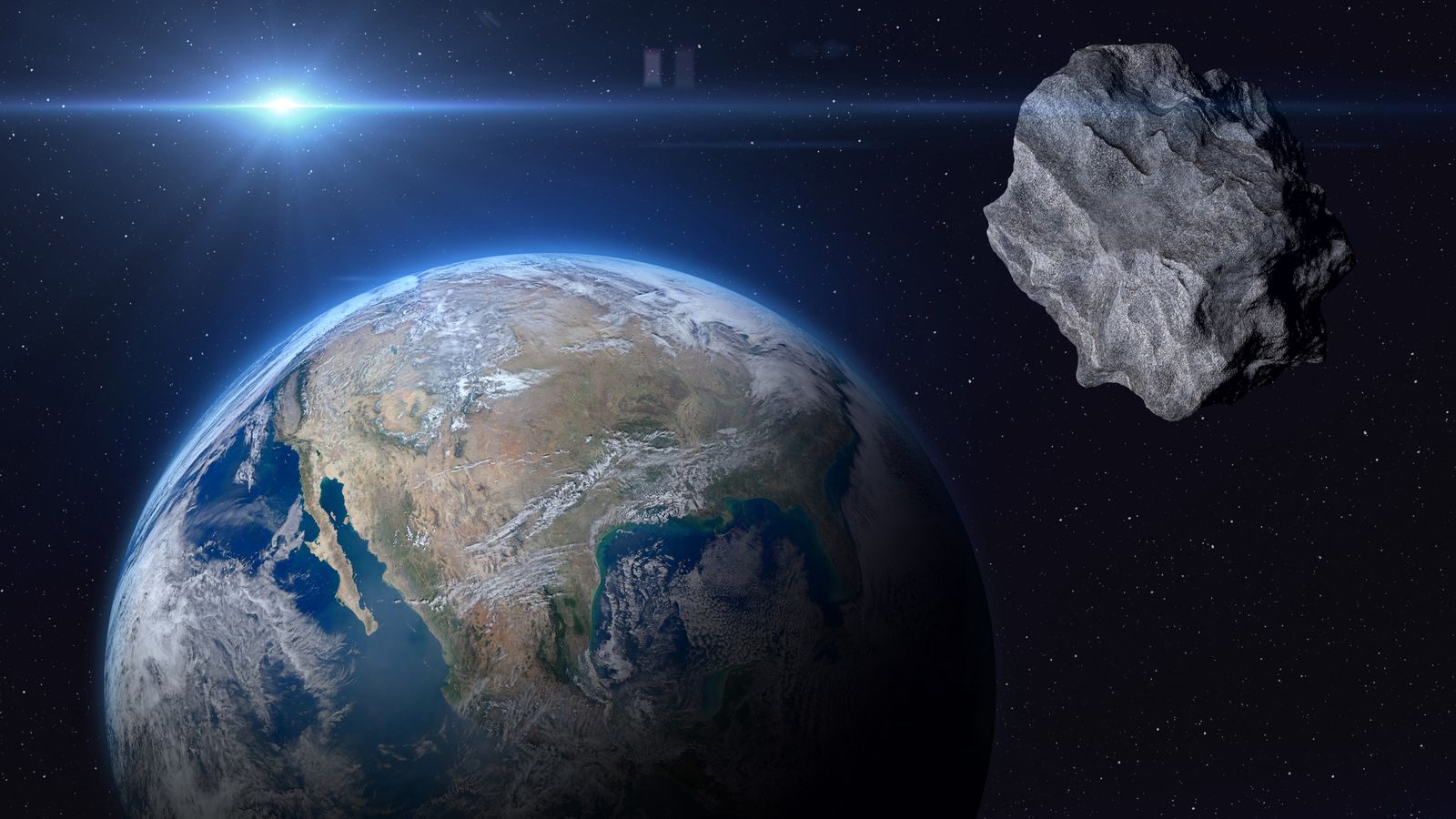July 12, 2025 – Fears of an impending asteroid collision with Earth have been allayed, as international space agencies, including NASA and ESA, have definitively ruled out an impact by Asteroid 2024 YR4 on our planet in 2032. However, a small but notable chance (approximately 4%) remains that the asteroid could strike the Moon on December 22, 2032.
Asteroid 2024 YR4, estimated to be between 53 and 67 meters (around 174 to 220 feet) in diameter, caused a stir shortly after its discovery in December 2024. Initial automated warnings flagged a potential Earth impact, with probabilities briefly rising to a concerning 3%. This prompted a coordinated global response in planetary defense.
Earth Impact Threat Eliminated
“Through diligent follow-up observations, notably those made with the powerful NASA/ESA/CSA James Webb Space Telescope in March and May 2025, astronomers have significantly refined the asteroid’s orbital calculations,” stated a recent bulletin from NASA. “These precise measurements have provided sufficient data to conclusively rule out any Earth impact in 2032.” As a result, the asteroid’s risk level on the Torino Impact Hazard Scale, which assesses potential threats, has been lowered to Level 0, signifying “No Hazard” for Earth.
Lunar Collision Remains a Possibility
While humanity on Earth can breathe a sigh of relief, the celestial drama surrounding 2024 YR4 isn’t entirely concluded. The final observations of the asteroid before it became too faint for current telescopes did not exclude an intriguing alternative: a lunar impact.
Currently, the probability of Asteroid 2024 YR4 striking the Moon on December 22, 2032, stands at around 4%. This means there is still a 96% chance the asteroid will miss our natural satellite.
Implications of a Lunar Strike
Should 2024 YR4 impact the Moon, it would be a historically significant event for lunar observation. Scientists predict it would be the largest lunar impact in approximately 5,000 years, creating a new crater estimated to be about 0.62 miles (1 kilometer) across.
Importantly, a lunar impact would pose no direct risk to anything on the surface of Earth. Our planet’s atmosphere would provide ample shielding from any ejecta. However, there is a minor concern for equipment or astronauts on the Moon (if present) and, more significantly, for satellites and other Earth-orbiting platforms that operate above our protective atmosphere. Debris from such an impact could potentially affect these crucial assets used for communications, navigation, and weather monitoring.
Despite these minor concerns, the scientific community views a potential lunar impact as an invaluable learning opportunity. It would offer the unprecedented chance to study the formation of a lunar crater by a known asteroid, providing vital data for understanding impact dynamics and refining predictive models for future asteroid events.
What’s Next?
Asteroid 2024 YR4 is currently too close to the Sun for Earth-based observation. The 4% lunar impact probability will remain stable until the asteroid becomes visible again in mid-2028. At that time, astronomers will conduct further observations to make even more precise calculations, which will likely confirm or deny a lunar collision.
The case of Asteroid 2024 YR4 underscores the critical importance of continuous monitoring of Near-Earth Objects (NEOs) and the ongoing advancements in planetary defense. While the initial alarm for Earth has been dispelled, the scientific community remains vigilant, utilizing every close approach and observation opportunity to enhance our understanding and preparedness for potential celestial events.




